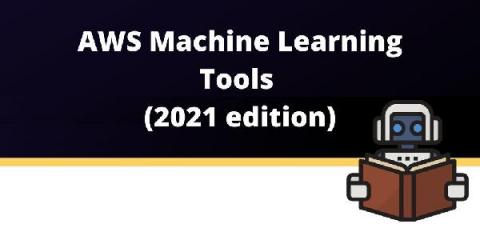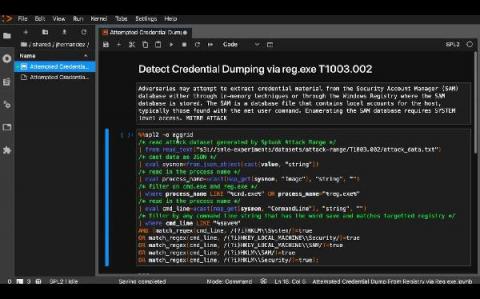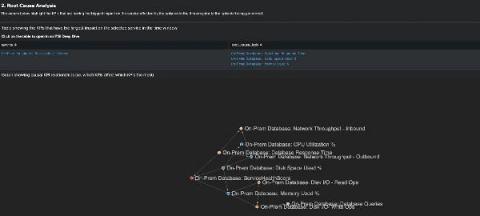Detecting rare and unusual processes with Elastic machine learning
In SecOps, knowing which host processes are normally executed and which are rarely seen helps cut through the noise to quickly locate potential problems or security threats. By focusing attention on rare anomalies, security teams can be more efficient when trying to detect or hunt for potential threats. Finding a process that doesn’t often run on a server can sometimes indicate innocuous activity or could be an indication of something more alarming.











